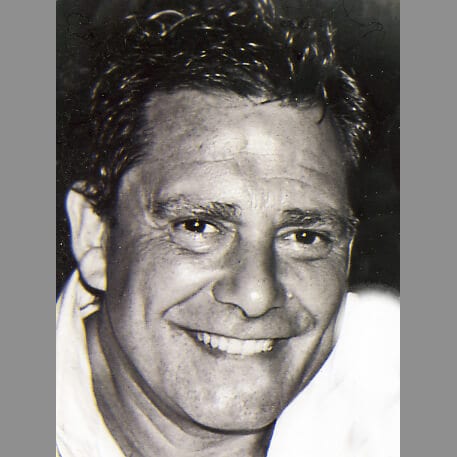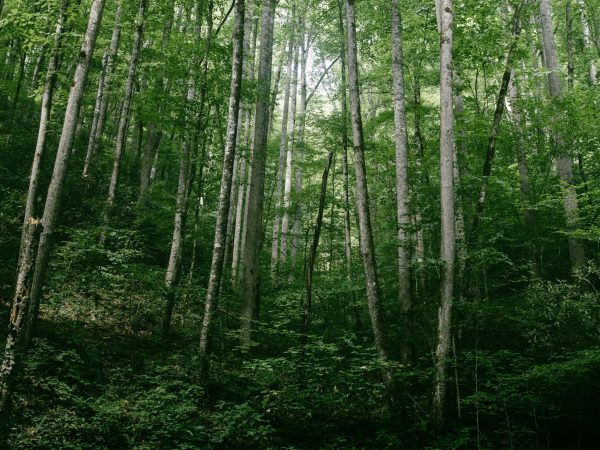Every teacher and intellectual talks about everything in the cosmos being one, and every spiritual philosophy has a tenet about the fact that everything is interdependent. We can grasp this intellectually, but to acquire it as an experience, we need to be out there, with our senses open and aware to what is happening around us, and to us, directly.
I shot this photo on Captiva Island, Florida, right after the terrible hurricane Charley devastated the island in 2012. In the early morning, after my arrival, I did something I often do and went for a walk on the beach. I was met with devastation of biblical proportions. There were broken trees all over the beach, along with large pieces of driftwood washed ashore by the huge waves.
The greatest truths are untouchable but felt. We are Nature and Nature is us.
I was alone and walking slowly, absorbing every detail. Looking back towards the land, I noticed a very tall and skinny palm tree still standing, slowly swinging in the gentle breeze of the aftermath, almost as though waving me to come closer. I sat down in a comfortable position, on top of my duffel bag, and just was; nothing else to do. I felt the breeze touching my face and bringing me the taste of the ocean.
I took a deep breath, following it from the tip of my nostrils, down into my lungs. I then held it for a moment and felt the energy being flashed throughout my entire body, as if I was inside one of my arteries, traveling with my blood from the top of my head all the way to my toes. Then, while I exhaled, I felt a sense of total relaxation.

I brought my eyes to the palm without looking at all the debris and signs of the devastating storm around it. I just looked at the tree and I was captured and mesmerized, as if suddenly in love because she survived.
I was paying attention to her shape and I noticed she had a long slender body, like me, and a head full of palm leaves resembling my wild hair. Ha! What she exhales I inhale, and what I exhale she inhales. I could not be alive without her pumping all this oxygen towards me. We really are brother and sister, I thought.
I took two more deep breaths, but this time, instead of following them in my body, I imagined following them in the body of the palm tree, from the top leaves all the way down the trunk to her roots, which I couldn’t see but I could sense. I was aware of how the tree was relaxing too; and was now gently swaying in the breeze, without any effort.
One would think that because she had such a slender, tall trunk, she would have easily snapped in the hurricane force winds but, in fact, it was exactly her shape that allowed her to bend and not snap. I visualized her, in my mind, in the middle of the storm, bending over, to allow the wind to pass through. I then allowed my breath to become normal and made a little smile on my face, while still looking at the palm tree; at this point I was the tree.
‘Please take what happened as if you were given a second chance at life. Don’t waste it.’
I transported this image to a moment of difficulty in my life, when I, too, was faced with a hurricane-force challenge, and how I reacted to it.
My mind suddenly lit up with fireworks of details of when, two years earlier, I almost died of a ruptured brain aneurysm, was in a coma for eight weeks and in the hospital for six months. Everything was very immediate and what I remembered most were the emotions; like the confusion of waking up in a strange room, having no idea where I was or why I was there, and then seeing my wonderful wife Sheri who brought me up to speed on what had happened. I was alive! Six months later, prior to my discharge, my brain surgeon visited me, one last time, and told me, “Please take what happened as if you were given a second chance at life. Don’t waste it.”
I noticed big, white, fluffy clouds galloping in the sky towards the East and this image shook me back to the present moment and the wonderful experience I just shared with the palm tree. I realized it was an act of love. I truly felt in love with the palm tree, and it left me with a wonderful feeling of joy and fulfillment that washed upon my whole being. How beautiful.

Today, I have revisited those events in my meditations during the lockdown from the pandemic of Covid-19. This time, I express love to the whole of Mother Nature every morning, when I walk down to the park and sit in front of the Hudson River to meditate. The circumstances are different and I am different, but the emotions are quite similar. The breaths I take are still made of the oxygen the trees generously offer to me and, through the river breeze, I taste the saltiness of the Atlantic. It is sheer joy, every time. I have learned to hold on to it during the day, like a windbreaker I would wear as protection from the weather. Now I am wearing a gentle smile, borne of joy. It is the joy of being alive, to be in love with Mother Nature.
The greatest truths are untouchable but felt. We are Nature and Nature is us.
Practice Suggestions
- While holding the image of the palm tree in your mind, transport yourself to a moment of difficulty in your life when you were faced with a hurricane force challenge, and how you reacted to it. Bring to mind as many details as you can remember, particularly the emotions you experienced. Were you able to bend and allow the challenge to pass, or did it break you into pieces? Whatever happened, pay attention to the similarity of your situation to that of the palm tree. Are you convinced you will handle the next challenge differently because of what the palm tree taught you?
- Next time you are outdoors, find a spot that attracts you. It could be a magnificent view, a cool breeze on a hot summer day, a wonderful orchestra of birds gifting you with their symphony, or a great tree. Sit down for a while and look around. You can observe not only with your eyes, but with your skin, feel the breeze; with your ears, listen to the beautiful sounds surrounding you. Or open your mouth to taste the flavors of the early morning. If your object of attention is a tree, take a moment to enter the being of the tree. Contemplate that what you exhale, the tree is inhaling, and what the tree is exhaling, you are inhaling.
This article draws on Bodhivata Dharmashanti’s upcoming book entitled Emails to myself – Suggestions for a Good Life. The photograph, “Attemlap,” is from the Zen Landscape Portraits collection “Drifters”© shot by Bodhivata on Captiva Island in 2002.






